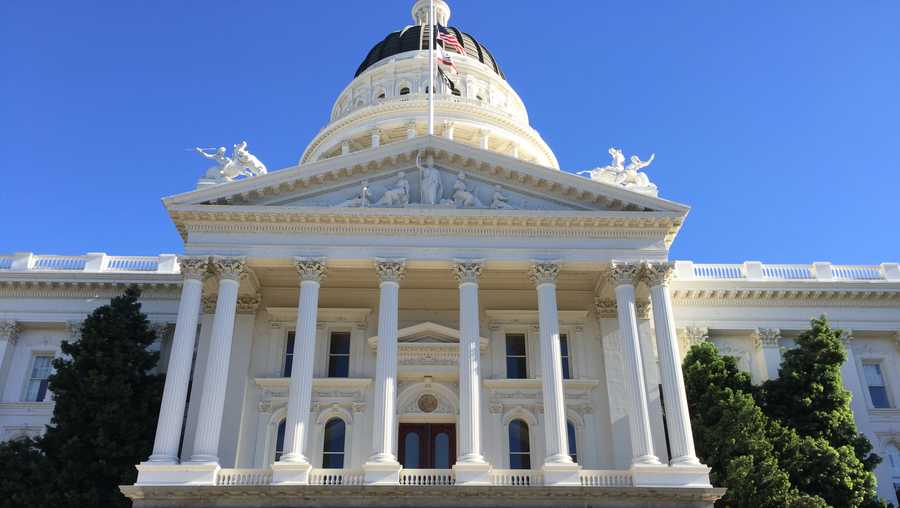California's birthday is today! Happy California Admission Day
On Sept. 9, 1850, California became a state
On Sept. 9, 1850, California became a state
Happy birthday, California!
It might actually be more appropriate, really, to say "Happy California Admission Day!" This is the day that California officially became a U.S. state. The 31st state, to be precise.
That isn't to say the path to statehood wasn't messy.
We start with the Mexican-American War. This also has other names, depending on where you are, be it the "Mexican War," "Guerra de 1847," or "Guerra de Estados Unidos a Mexico" (translated as War of the United States against Mexico). That actually goes back to 1845, according to Britannica.com, over a border dispute of then-annexed Texas. Mexico claimed the border was the Nueces River, the U.S. claimed the Rio Grande.
President James Polk had sent a diplomat to negotiate with the Mexican President, Jose Joaquin Herrera. Polk wanted to buy the New Mexico and California territories for $30 million. Herrera had broken off ties with the U.S. over the Texas annexation and refused to meet with the diplomat. After the snub, Polk had placed troops between the Nueces and Rio Grande.
As Polk was preparing to make the case for war, Mexican troops crossed the Rio Grande and attacked Gen. Zachary Taylor. Polk revised his message to Congress saying Mexico had "invaded our territory and shed American blood on American soil."
After a fight between Polk and Taylor, Polk sent General Winfield Scott to take on Mexico. Scott captured Veracruz in March of 1847 and marched to Mexico City by September.
The Treaty of Guadalupe Hidalgo ended the war between the two countries. By the terms of the treaty, according to the treaty itself (in the National Archives), Mexico ceded 55% of its territory. That included most of Arizona, Colorado, Oklahoma, Kansas and Wyoming and all the territories of Nevada, Utah, New Mexico and — California.
But that alone didn't push California's admission to the union. Just days before the treaty ceded all that territory, gold was discovered at John Sutter's Mill outside Coloma in the Sierra Foothills. With gold came an influx of cash and a rush of people looking to strike it rich. It also pushed a need for governance.
In 1849, Californians began a push for statehood. Even that, though, had its controversies. California's request to enter the union came with the caveat that it wanted to be a free state. By 1850, the debate over the number of slave vs. free states had hit a fever pitch, resulting in the "Compromise of 1850."
U.S. Sen Henry Clay introduced a series of resolutions in January of 1850 to try and avert a crisis between the North and the South. The Library of Congress says "as part of the Compromise of 1850, the Fugitive Slave Act was amended and the slave trade in Washington, D.C., was abolished. Furthermore, California entered the Union as a free state and a territorial government was created in Utah. In addition, an act was passed settling a boundary dispute between Texas and New Mexico that also established a territorial government in New Mexico."
In 1850 as well the Fugitive Slave Act of 1850 was passed and compelled "all citizens to assist in the capture of runaway slaves" and denied many basic rights to enslaved people. The compromises themselves were problematic legislation that may very well have delayed the outbreak of civil war...but also hid issues that should have been addressed long before.
Yet as a result of the Compromise of 1850, on Sept. 8 California became a state.
Interestingly enough, the future-state's Legislature actually met for the first time in December of 1849, according to Alex Vassar of the California State Library, prior to the territory becoming a state.
The legislature, however, did not meet in Sacramento. They met in the first capital of San Jose, one of many state capital cities in California.


